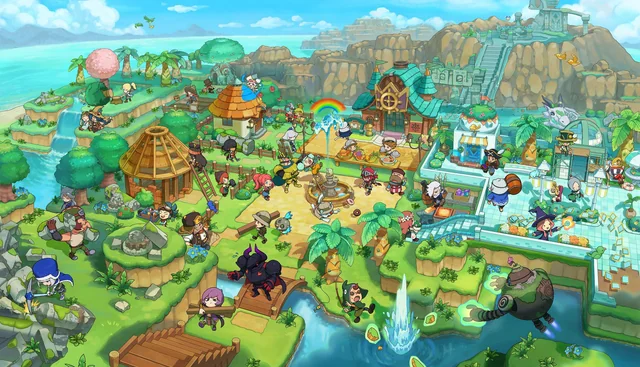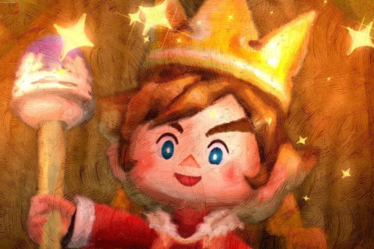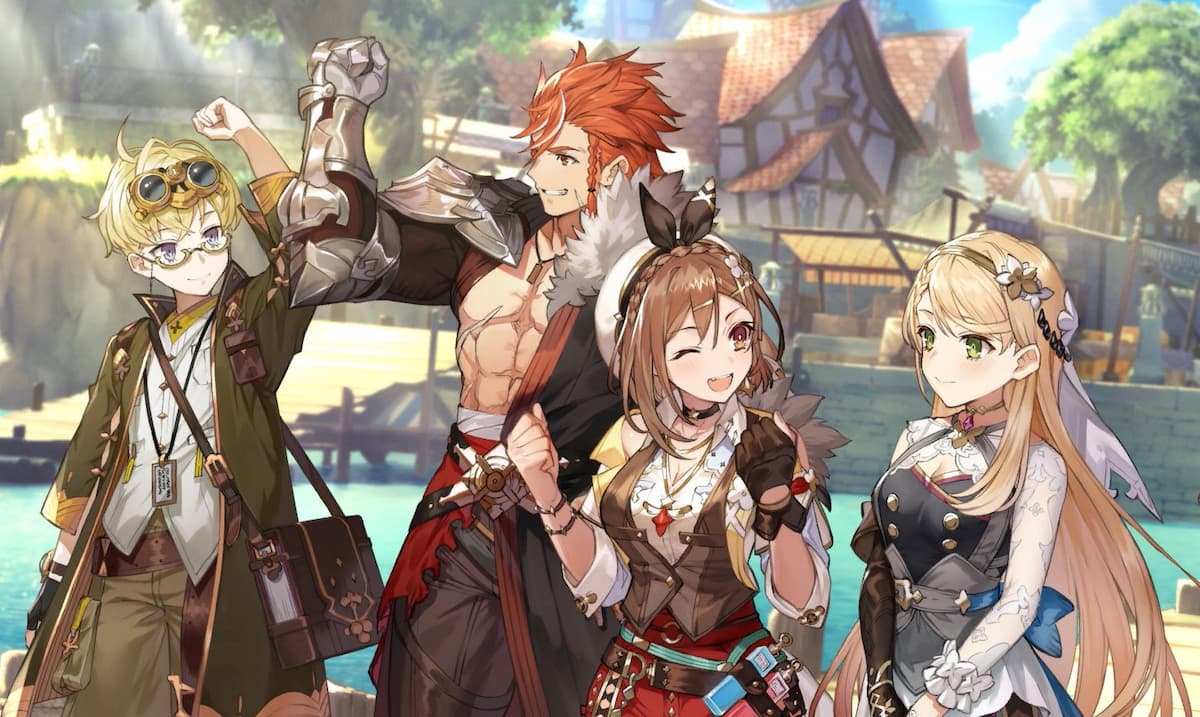
This article was originally published in Italian on TheGamesMachine.it
Now in its fourth chapter, the Fantasy Life saga finally lands on current-generation platforms after a brief detour into the world of mobile gaming. Fantasy Life i: The Girl Who Steals Time is a direct sequel to Fantasy Life, the beloved title we first played on Nintendo 3DS back in 2014.
This sequel stays true to the core elements that defined the original, offering a life simulation experience reminiscent of Animal Crossing, blended with an RPG-style class system. However, don’t be fooled by the seemingly simple gameplay that unfolds in the opening hours — Fantasy Life i boasts a rich gameplay structure that includes a main storyline, an expansive open world, and a fully customizable island.
The story kicks off by following the adventures of archaeologist Edward and his loyal bird companion, Pio, as they explore a mysterious island and investigate the discovery of a draconic fossil. Spanning across different time periods, the game tasks players with following the ever-visible on-screen guidance of a sweet, light-hearted narrative clearly aimed at younger audiences. Between character requests and main objectives, Level-5 brings back the familiar class system from the handheld entry: there’s a job (or “Life”, in the original Japanese) for every player preference. You can evolve your playstyle by choosing from four combat-focused classes and several others dedicated to gathering materials or crafting items and equipment — complete with their own mini-games.
In this regard, the improvements over the previous title are numerous. One standout addition is the ability to switch classes automatically based on the context, which significantly smooths the progression rhythm. The combat system, while maintaining a simple and enjoyable hack-and-slash feel, evolves over time to include different offensive and defensive options, along with elemental affinities and status effects. Each class features its own skill trees, which can be enhanced using ability points gained through leveling up. The overall difficulty level remains on the lower end throughout the adventure, though gathering and crafting classes can present a challenge as the hours rack up, especially when main or side quests demand high-quality materials or item creation within a time limit.
Thankfully, the game offers ways to ease the usual RPG grind by allowing players to recruit NPCs — often drawn from previous entries — who specialize in these roles to join your party.
The progression system is highly granular, and each milestone in the main story or open-world exploration unlocks a new activity or point of interest. For example, exploring an optional dungeon might yield ingredients needed for a side quest, while defeating specific enemies can boost a specialization, granting access to a new array of craftable items to decorate your home or island.
Thanks to this, and the overall quality of the gameplay experience — constantly walking the line between relaxing Nintendo-style life-sim and the epic-fantasy flair of the Dragon Quest saga — Fantasy Life i remains thoroughly enjoyable from start to finish, whether played solo or with friends or strangers online. In this sense, Level-5 also includes a series of increasingly difficult procedural dungeons that offer rare materials and post-game challenges. These become accessible when your gathering and crafting classes are advanced enough to create legendary weapons and armor. The open world can also be explored with friends, and each island region can be leveled up to unlock harder challenges and, of course, uncover higher-quality materials and ingredients.
The game doesn’t skimp on genre staples either: hidden temples with unique challenges, collectible forest spirits scattered across each region (think Koroks from The Legend of Zelda: Breath of the Wild), campsites, traveling merchants, and the ever-present “Ubisoft towers” that, once activated, unlock fast travel and reveal the surrounding map.
The gameplay loop is so engaging that the developers included daily challenges in classic mobile/game-as-a-service style, along with digital currencies that refresh every 24 hours. These can be used to unlock new island inhabitants or quickly gain access to new recipes, materials, and high-quality items. It’s clear that those who aim to complete all the content — including side quests and post-game challenges — will have plenty to sink their teeth into, especially with upcoming expansions sure to delight longtime fans of the series.
Topping it all off is a fairy-tale-inspired art direction, with expressive gag-manga style character animations. The game is a visual delight, especially during open-world exploration, although the camera can sometimes struggle to keep up during combat. Thankfully, manual control via the right analog stick remedies this issue, though we couldn’t help but wonder how such an oversight slipped through in a game where player experience and quality-of-life options clearly took center stage. The soundtrack — co-composed by Final Fantasy legend Nobuo Uematsu — is solid, while the Italian localization adds to the whimsical tone with moments of laugh-out-loud humor. All in all, a well-polished and highly enjoyable package. Nicely done!
The PC port is well-optimized, running smoothly despite using Unreal Engine 5. As is often the case with Japanese titles, the graphical options are minimal, but full mouse and keyboard support rounds out a very solid port. Multiplayer is cross-platform, allowing interaction with players on Switch, PS5, PS4, and Xbox Series consoles. Level-5 has also confirmed that the title will be coming to the Nintendo Switch 2 in the future.
Fantasy Life i: The Girl Who Steals Time offers a mountain of interconnected content. Though clearly aimed at a younger audience, Level-5’s title is just as capable of entertaining those seeking a relaxing, easygoing experience. The main story can be completed in under 30 hours, but the game packs in dozens more through side activities, all set in a charming fantasy world brought to life by a colorful and memorable cast of characters — all without ever taking itself too seriously.
The inclusion of a multiplayer dimension that spans both the open-world and life-sim elements makes this an irresistible opportunity for fans of franchises like Animal Crossing who are looking to add a touch of adventure to their carefree days spent deciding which furniture best matches their freshly crafted wallpaper.


